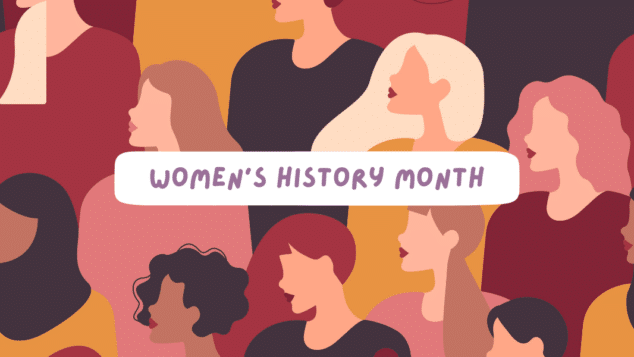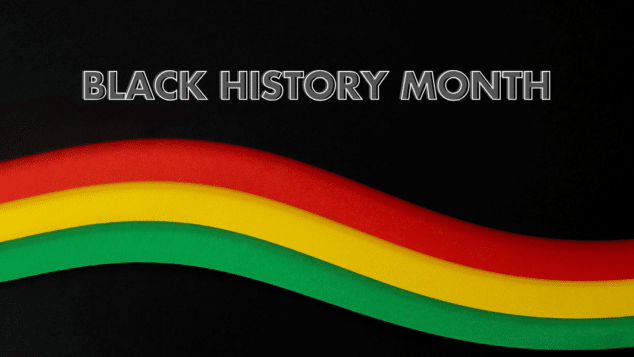Multigenerational Speaker Raven Solomon Explores the Intersection of Racial Inequity and Generational Differences in New Book

Whether engaging our members and teams in-person or online, it is crucial that we continue to implement racial equity. In associations, there may be a multitude of generations you have to reach. Communicating racial equity across generations is crucial for a Welcoming Environment®, and Raven Solomon is doing just that.
Solomon is a multigenerational leadership expert and generations speaker, based out of Charlotte, North Carolina. Her book, Leading Your Parents: 25 Rules to Effective Leadership for Millennials & Gen Z, was inspired by her own work experience, namely when she was tasked with leading a team of more than a dozen older white men. Solomon learned that she has a way with soft skills. Her aptitude in areas such as influence, empathy, self-awareness and emotional intelligence, helped her lead older generations.
“I thought about my experience coming out of college and being asked to lead people older than me and the challenges that came with that, and the fact that there was no resource to teach me how to do that,” Solomon says. “How do you earn the trust of people who question if you should be here? How do you earn the respect of folks who have been doing their jobs longer than you’ve been alive? How do you consistently display confidence when you don’t always feel like you deserve to have that role?”
Team Communication
Solomon focuses on methods to bridge the generational gap, often using empathy and respect as tools to help each group gain a sense of mutual understanding. So how can we effectively communicate across generations within teams or organizations? Solomon says it all comes down to understanding the values of others and demonstrating them in interactions. For Baby Boomers, respect might be the most important factor, but to Generation Z, diversity might be the top priority. In order to adequately communicate, Solomon suggests that we demonstrate a value that is important to the opposing party when interacting with them. She goes about this in various ways, including one called the “generational view challenge.”
“All that [the generational view challenge] is about is making a commitment individually to at least entertain, listen to, or seek out the perspective of at least one person of a different generation when you make the next big three decisions in your life,” says Solomon.
Racial Equity
Communicating across generations is essential to the discussion of racial equity, as generational differences may give way to different understandings of racism. Over time, ideas about history and even the language we use to discuss race and racism can change. For instance, we now discuss equity whereas in decades past people talked of equality. Terms such as microaggressions and being antiracist have become commonplace in current conversations, but this jargon can easily lose someone who was taught a different vocabulary. This can make starting a conversation about racial equity in the workplace difficult, but these conversations are paramount to addressing racial inequity.
In order to effectively communicate with everyone involved, Solomon uses a model she calls “ACES,” which stands for “acknowledge, converse, educate, stand.”
She begins with “acknowledge” so that everyone can acknowledge that there is a problem. Solomon uses this portion of the model to demonstrate the systemic nature of racism and that as a result of it, there are some who have greater privilege than others.
“If we can’t get to a place of acknowledgment of the problem, then we can’t go any further,” Solomon says.
Following acknowledgment, “the next step is having conversations that really humanize the issue,” Solomon says. “It really is about listening and gaining perspective.” Solomon emphasizes that while allies should be asking questions and listening to marginalized experiences, it is also important to make sure that those sharing are what she calls “emotionally available to share.”
“While it’s an opportunity for you to learn, it might not be the best time for them to share,” Solomon says.
The education part of the model is ongoing since we should always continue to educate ourselves on racism.
The last section of ACES is the part where you, as a corporation or organization, take a stance on the issue.
“The stance part is really about finding a lane in which you have authority in, you have a passion around or a place where you work in where you can take a stand against racial inequity,” says Solomon.
And how does this translate virtually? Solomon finds that in some cases, people are even more comfortable having these conversations online. The ability to be in the comfort of your own physical space may bring comfort to some as well as encourage honesty as long as the virtual space is still welcoming.
While it may physically look different, Solomon says that the fundamental elements of a racial equity conversation should be identical. “Whether it’s virtual or in-person, I think the components of a safe environment are the same,” Solomon says. “It is open for two-way dialogue, it’s open for questions, intentions are clear, and there is a precedent set before the conversation starts that there is no degree of personal offense that is sought here. There’s a rapport that’s established for folks to share their experiences and for professionals to call things out.”
Bridging the Gap
So, can we bridge the generational gap? Solomon is trying.
“I don’t think we can talk about racism and racial inequity and not talk about generations,” Solomon says. “Racism is generational. I also don’t think you can talk about generations and the future thereof without talking about equity because Gen Z is requiring this…. Folks are looking for you to literally change the structure of your leadership team. I just don’t think we can expect to create racial equity without cross-generation collaboration.”
The future of the workplace lies in diversity — both racial and generational.
“The best solutions to the most complex problems really come from generationally diverse teams,” Solomon says. “Racial inequity is one of those problems, and it cannot and will not be solved without cross-generational collaboration and commitment.”
Tags
Related Articles
It’s Not Too Late! Celebrate Women’s History Month in March
Celebrate Women's History Month in Chicago with these five impactful ideas to honor, empower, and...
Honoring Black History Month: What to Read, Watch, and Do in Chicago This February
Discover meaningful ways to celebrate Black History Month in Chicago through books, films, and local...
Welcoming Environment® Roundup
Links to every WE article we published in 2024.




